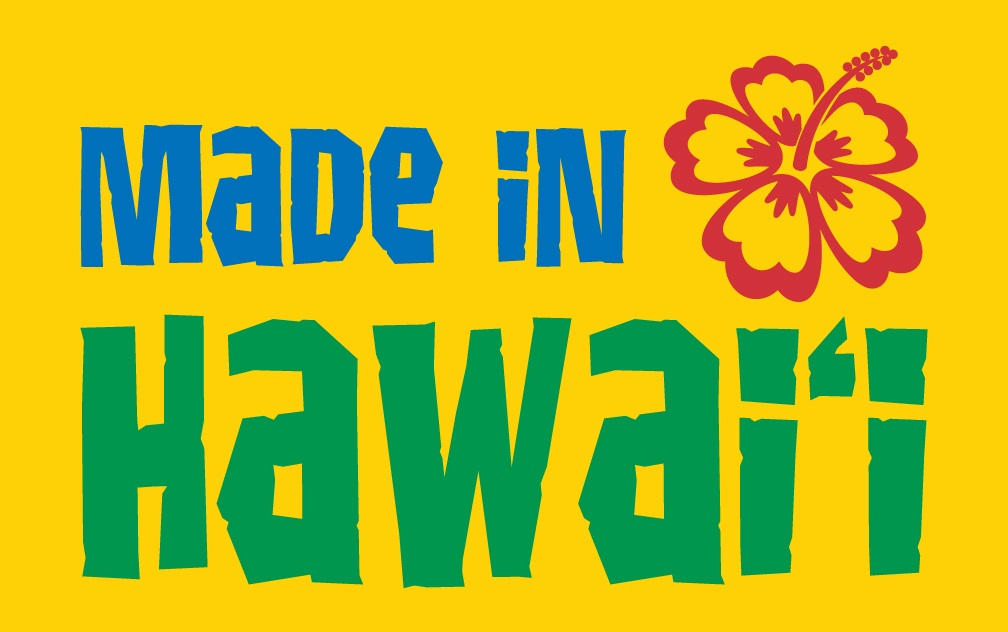
**IMPORTANT PARK NOTICES**
Monitor weather reports before your park visit.
•
[ALL ISLANDS] UPDATE – 12/12/25: Camping - Reservations for February 1, 2026 and beyond available at https://explore.ehawaii.gov, please create an account on Explore Outdoor Hawaiʻi to make a camping reservation.
Diamond Head State Monument Slated to Open Thursday December 17 2020
Posted on Dec 16, 2020(HONOLULU) – Diamond Head State Monument’s (DHSM) unprecedented closure, due to the COVID-19 pandemic, comes to an end on Thursday, Dec. 17, exactly nine months since the gates were closed.
DLNR Division of State Parks Administrator Curt Cottrell said, “We will have limitations on access. Closing the park was easy. Reopening Diamond Head is complicated due to a variety of factors including the shared use of the crater by the Hawai‘i Dept. of Defense and Hawai‘i Emergency Management Agency.”
During the closure, deferred maintenance projects were completed. This included painting of the fire control station and the stairs along the trail to the summit. Clean-up projects were completed with volunteer support from the Hawai‘i National Guard, Hawai‘i Youth Conservation Corps and Kupu ‘Āina.
Cottrell added, “Visitors will experience significant changes, such as a new traffic control system at the Kahala Tunnel with single lane traffic regulated by traffic lights, providing more space to accommodate pedestrian access. There are also slight changes to the hiking experience to the top of Diamond Head due to COVID protocols. With only one staff member assigned to DHSM to manage visitors, and one for maintenance inside the crater, we are relying greatly on the partnership we have with our parking contractor to help limit crowding on the summit trail. Drivers will be informed at the park’s entrance when the parking lot is full and walk-in visitors may be asked to wait before starting their hikes if our staff determines the trail is at specific capacity and social distancing becomes an issue.”
Also of importance is the reduction in open days. The park will be closed, Monday, Tuesday and Wednesday each week due to limited staffing, to assess health & safety protocols, and to conduct additional maintenance and upkeep. Diamond Head will also be closed on the Christmas and New Years Day holidays.
Prior to the beginning of the pandemic, DHSM hosted an average of 3,000 people each day; many of whom take the 0.8-mile hike to the summit for sweeping views of O‘ahu’s southern coastline. In December 2019, one day saw the highest recorded daily count of 6,000 visitors.
The most challenging section along the trail, in which to practice coronavirus safety precautions, is the narrow, 200-foot-long tunnel near the top. Visitors must always wear masks in the park and attempt to stay six feet apart from other hikers. State Parks has installed new signs to remind visitors of all public health safety requirements and occupancy limits at the viewpoints along the trail (look for painted boot prints on the concrete). Staff is also asking visitors to be considerate all along the trail and at the summit and to not linger long for photos to avoid clogging the trail and viewpoints.
The Division of State Parks lost nearly $1 million dollars of revenue from the extended closure of DHSM. An increase in fees for non-residents is expected to support economic recovery, but until Hawai‘i’s visitor industry improves significantly, there’s no way to predict when the funding shortfall can be made up. Cottrell concluded, “We’ll be monitoring visitor behavior carefully to determine how to optimize their experiences, to balance safety with the economic necessity of adequate patronage to offset the cost of our partner’s staffing at the entry station, and most importantly to keep everyone safe and healthy as they enjoy O‘ahu’s 300,000-year-old National Natural Landmark.”
In accordance with recent rule changes, Hawaiʻi residents can now park and enter DHSM for free. New higher fees are in effect for non-residents and commercial vehicles.


